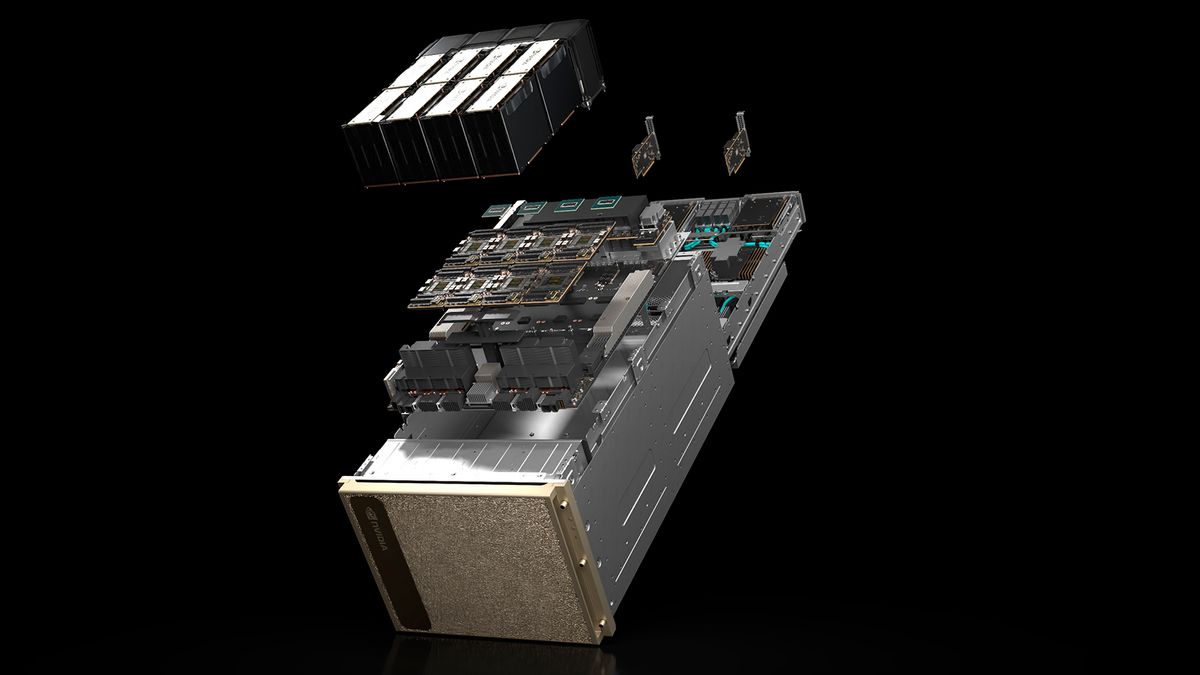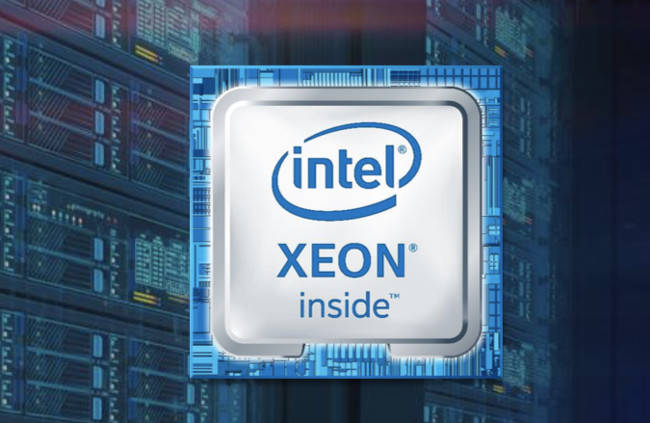The latest Japanese DIY market report from
BCNR shows that Intel CPUs have regained their lead over AMD Ryzen CPUs which had an outstanding three-year run as the x86 market leader.
...
Now, three years later, the dominating spree has come to an end but it was one brilliant run as AMD managed to outclass its rival quarter after quarter and reached sales figures, unlike any chip that came before. Now it looks like the throne of the Japanese DIY CPU market is back at Intel as the manufacturer continues to gain market share and has hit 74% market share in January 2022 compared to AMD's 25% market share.
...
Intel's Core i5 CPU sales are reaching the same highs as AMD Ryzen 5 CPUs from early 2020 with a market share of 35.7% while Core i7 CPUs come at 2nd place with a market share of 25%. The AMD Ryzen 5 sales have fallen down to 12.6% while Core i3 and Core i9 CPU sales currently stand at 10.4 and 7.5 percent, respectively.
So looking at the whole picture, Intel is in the same position where AMD was a few quarters back. Now the tides have turned and its Ryzen CPUs that are affected by the supply shortages while the blue team enjoys gaining its ground back in the Japanese DIY segment.







